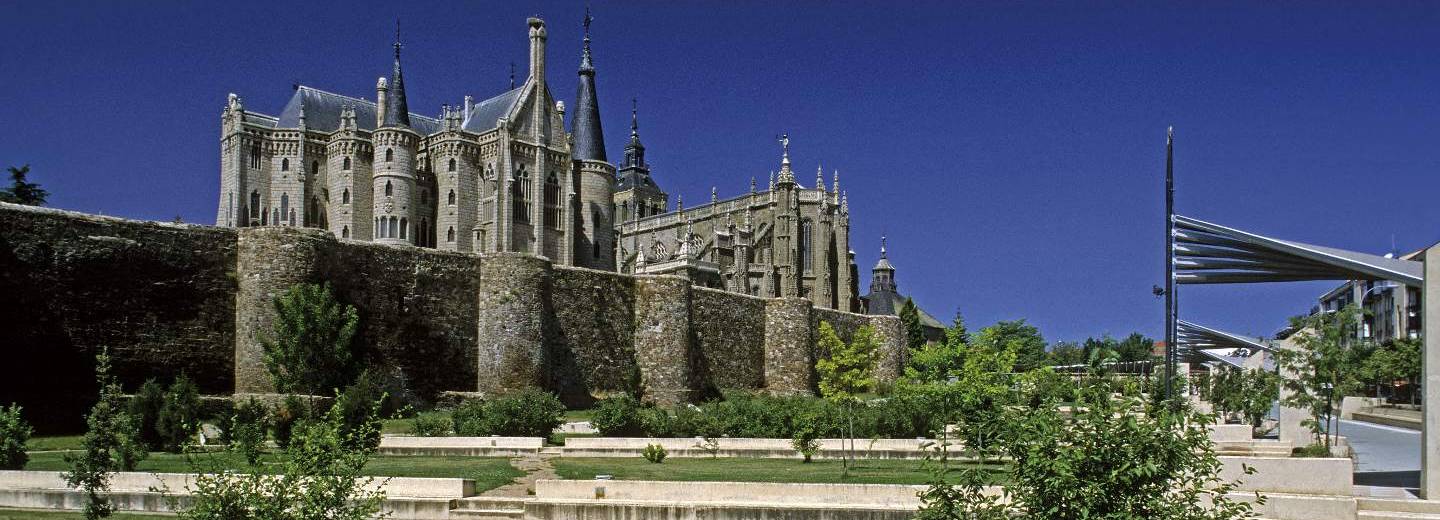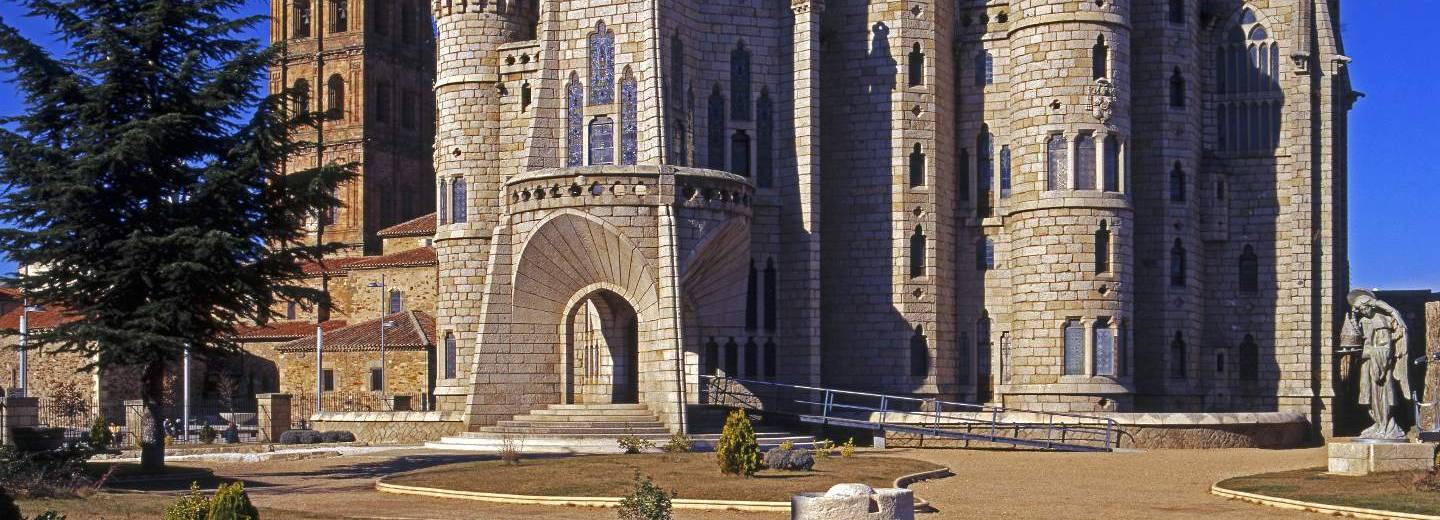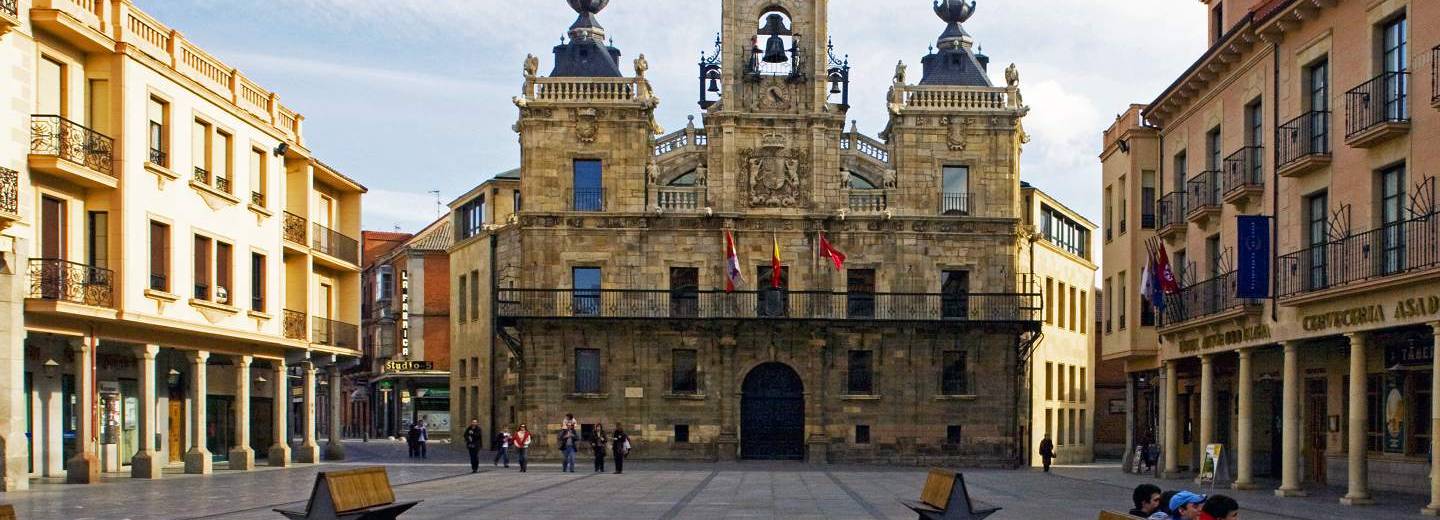The bi-millennary Roman town
Astorga
Astorga, the Roman Asturica Augusta, is full of history, accumulated through its 2,000 years of existence. An important artistic and historic centre, the destination of the Roman way that started in Emerita Augusta, today's Mérida. Besides a prominent Roman centre, whose remnants are integrated in the modern structures, Astorga was also an important milestone along the Camino de Santiago in the Middle Ages. Also, in it converge the two main tourist routes of the area: the Vía de la Plata and, of course, the Camino de Santiago, also known as the Ruta Jacobea.
Astorga continues to be a Diocese and preserves one of the most beautiful cathedrals in Castilla y León and an Episcopal Palace by Gaudí, which seems fresh out of a fairy tale.
The bi-millennary town of Astorga, the capital of the Asturian kings in Roman times, is located west of León, some 45 kilometres away from the capital. It stands on a hill rising above the surrounding counties: La Cepeda, Páramo, Vegas del Órbigo, Vegas del Tuerto, and the Maragatería. The Montañas de León and the Monte del Teleno, considered sacred by the Romans, protect this town, which contains rich Roman vestiges living in harmony with today's buildings.

















